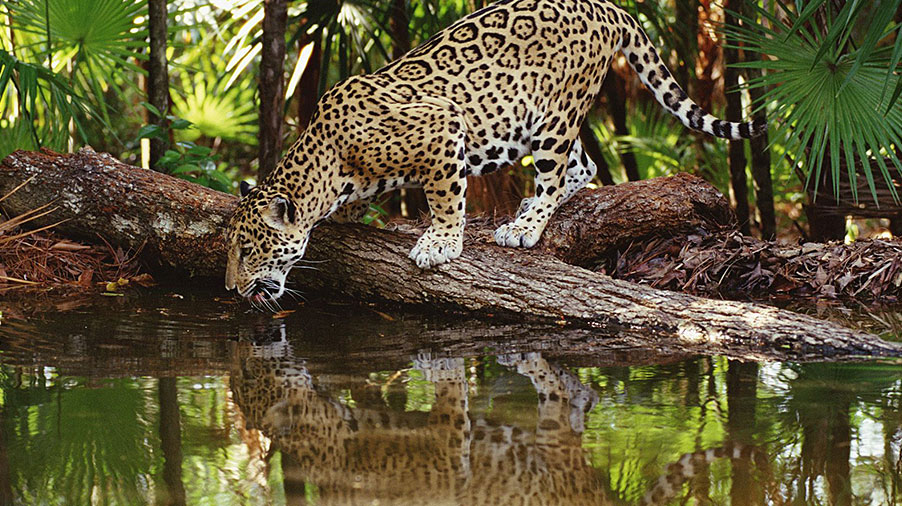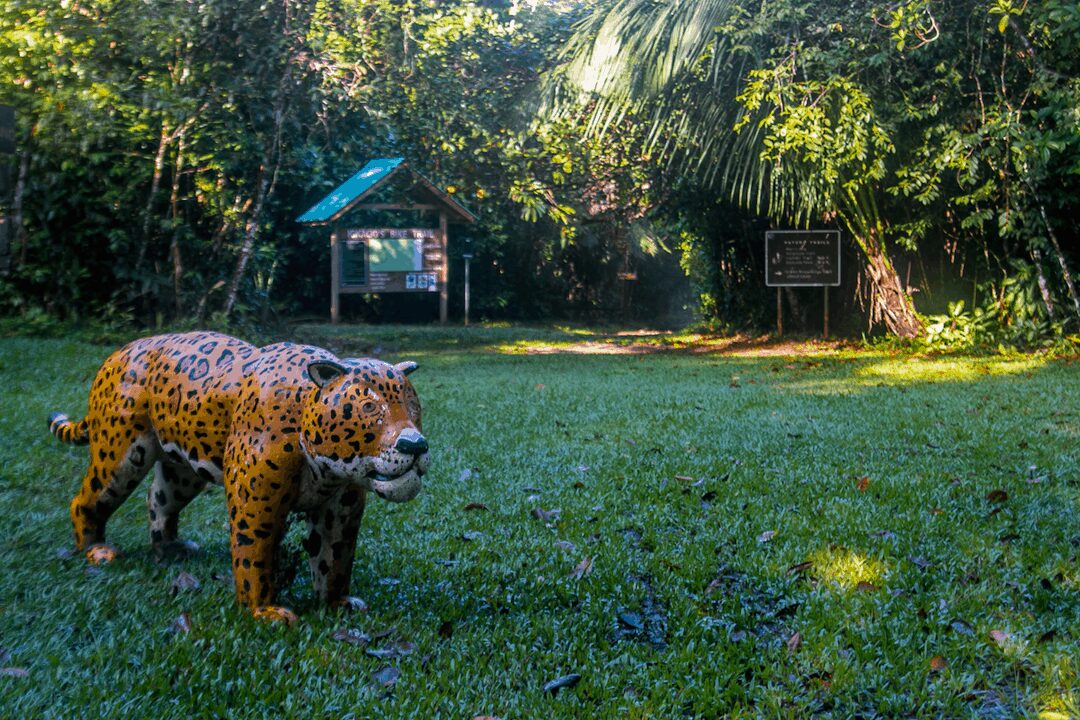Reference




OpenAI's Answer
The Cockscomb Basin Wildlife Sanctuary in Belize plays a significant role in global conservation efforts, with a focus on preserving jaguar populations and biodiversity. Here are some specific ways the sanctuary contributes to conservation:
Jaguar Conservation
-
Jaguar Preserve: Cockscomb Basin Wildlife Sanctuary is renowned for establishing the world's first jaguar preserve. This initiative has been crucial in protecting the jaguar (Panthera onca), a species threatened by habitat loss and poaching source.
-
Research and Monitoring: The sanctuary facilitates ongoing research and monitoring programs to study jaguar populations and their habitats. This research helps in understanding jaguar behavior, ecology, and the effects of environmental changes on their survival source.
Habitat Protection
-
Biodiversity Preservation: The sanctuary's protected status helps preserve the diverse flora and fauna within its boundaries. This includes not only jaguars but also other wildlife, such as tropical birds, amphibians, reptiles, and plant species, sustaining a balanced ecosystem source.
-
Forests and Watersheds: Protecting vast areas of tropical rainforest and watershed within the sanctuary contributes to the conservation of essential natural resources, like clean water, and helps mitigate climate change by preserving vital carbon sinks source.
Community Involvement and Education
-
Local Community Engagement: By involving local communities in conservation efforts, the sanctuary promotes sustainable development and raises awareness about the importance of biodiversity. This engagement includes employing local guides and providing educational programs about conservation source.
-
Visitor Education: The sanctuary has a visitor center that educates tourists about the importance of wildlife conservation. Visitors learn about the sanctuary's efforts and the global significance of their support for conservation initiatives source.
Eco-tourism
- Sustainable Tourism: By promoting eco-tourism, the sanctuary generates revenue that supports conservation programs. This approach ensures that tourism activities are sustainable and have minimal impact on the environment while highlighting the sanctuary's natural beauty and biodiversity source.



By fulfilling these roles, the Cockscomb Basin Wildlife Sanctuary not only protects jaguars and other wildlife but also serves as a model for conservation efforts worldwide.
Follow Up
Related
How does the geology of the CuuLong Basin relate to hydrocarbon traps?
How long is the Desna River, and what size is its drainage basin?
What implications do mantle-derived fluids have on oil and gas generation in sedimentary basins?
What are the mechanisms that allow hurricanes to crossover basins?